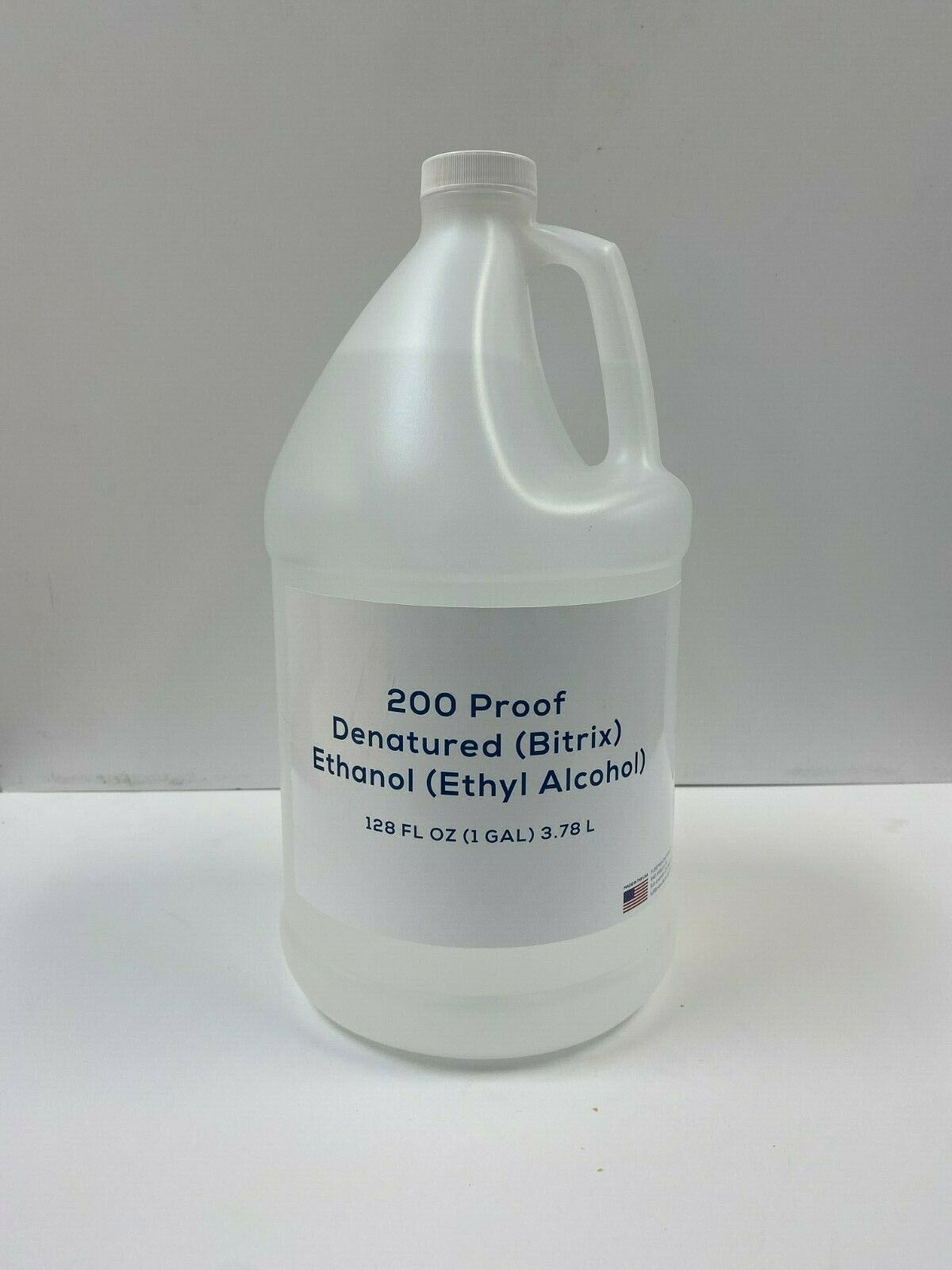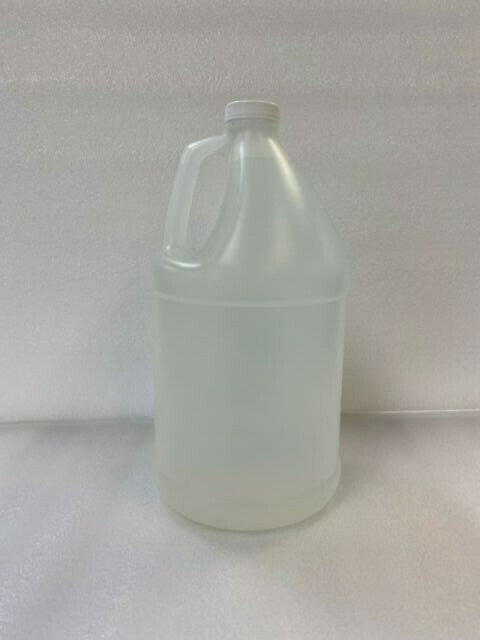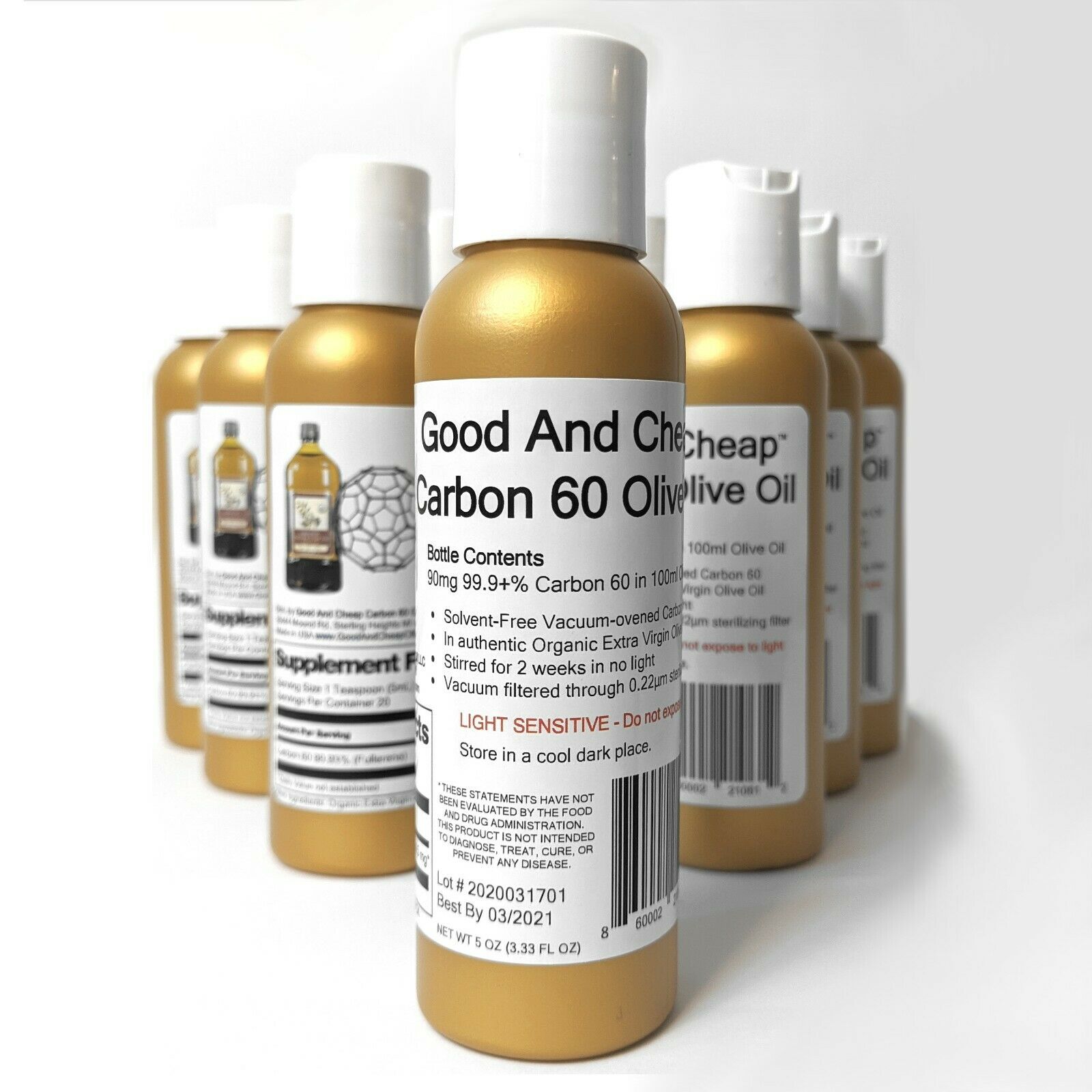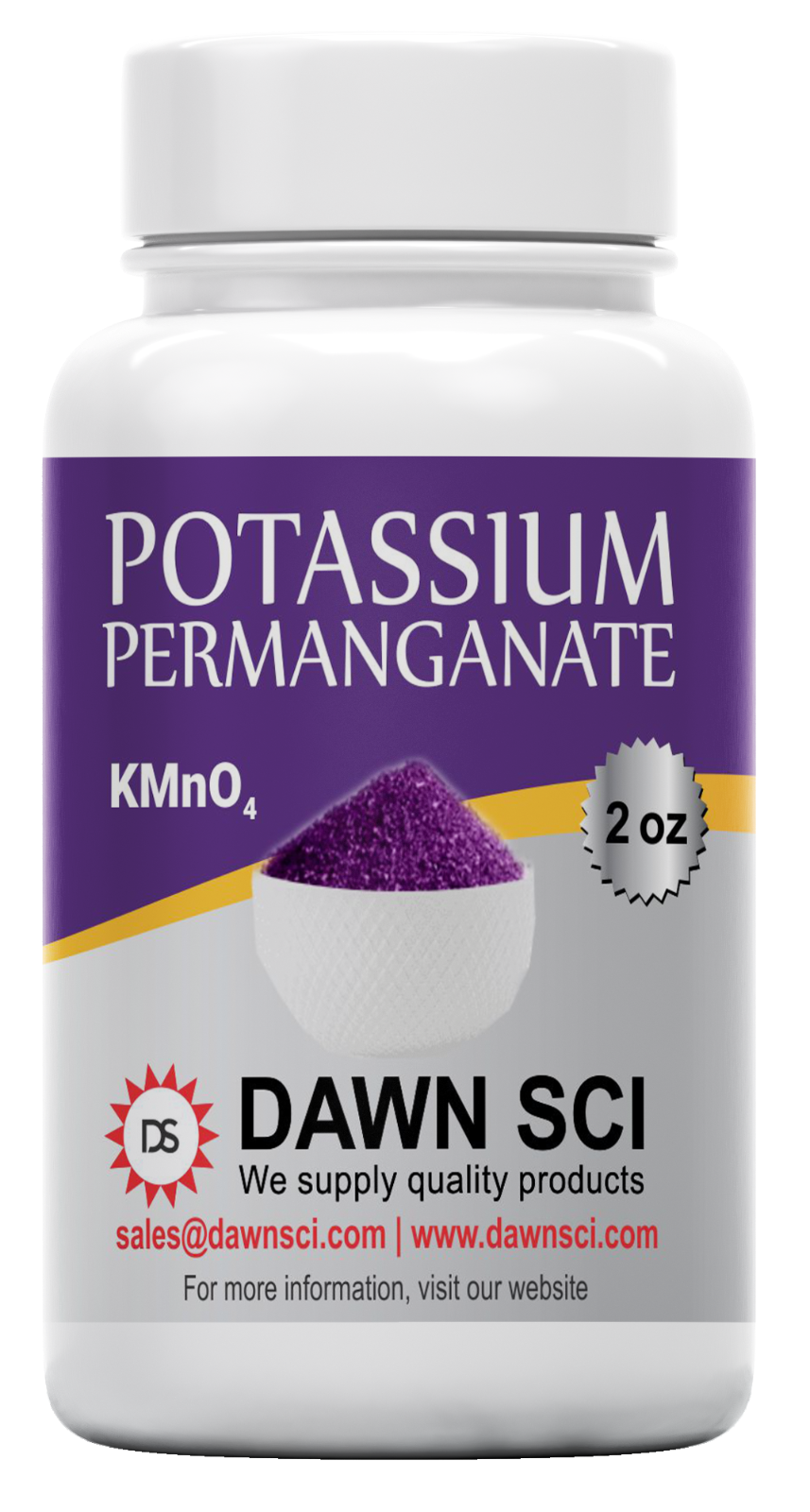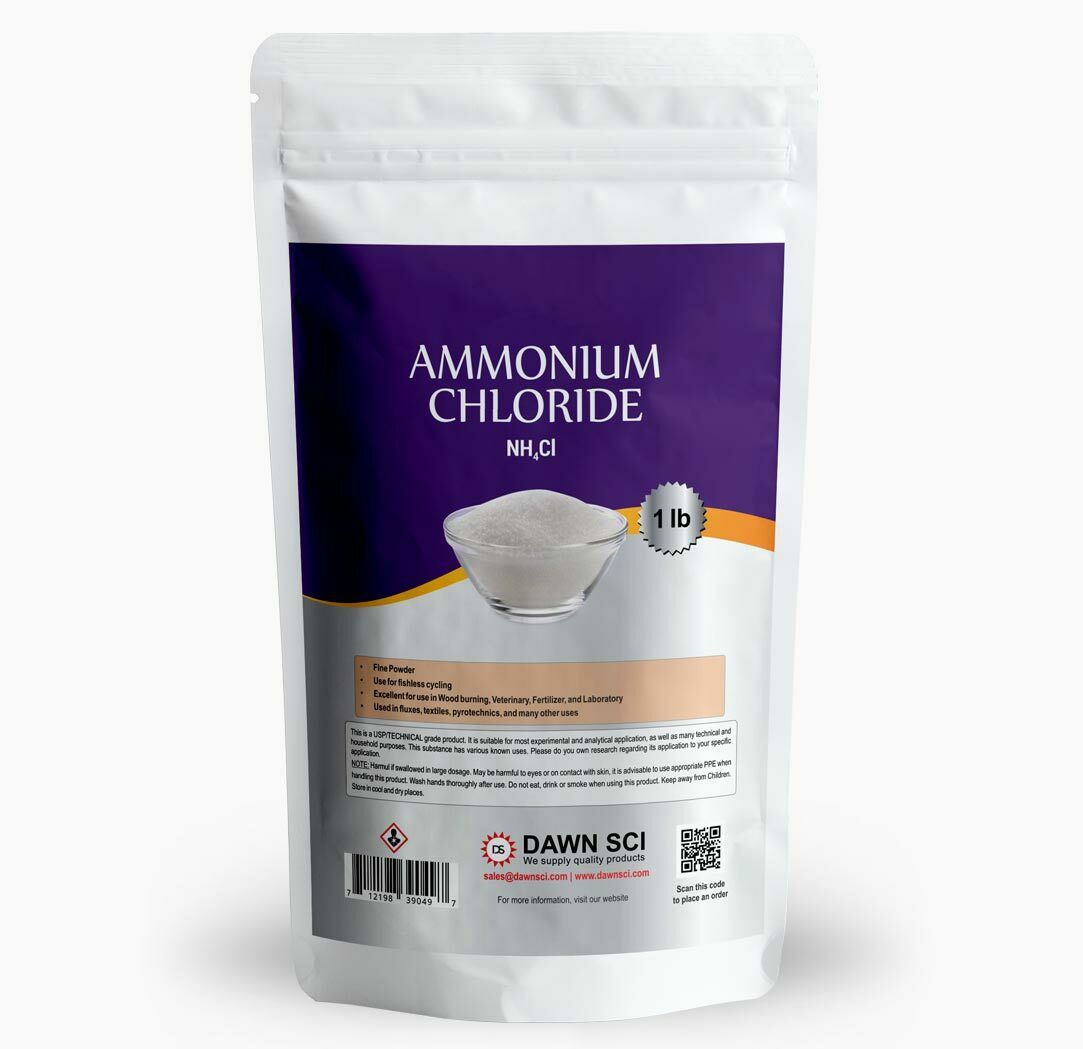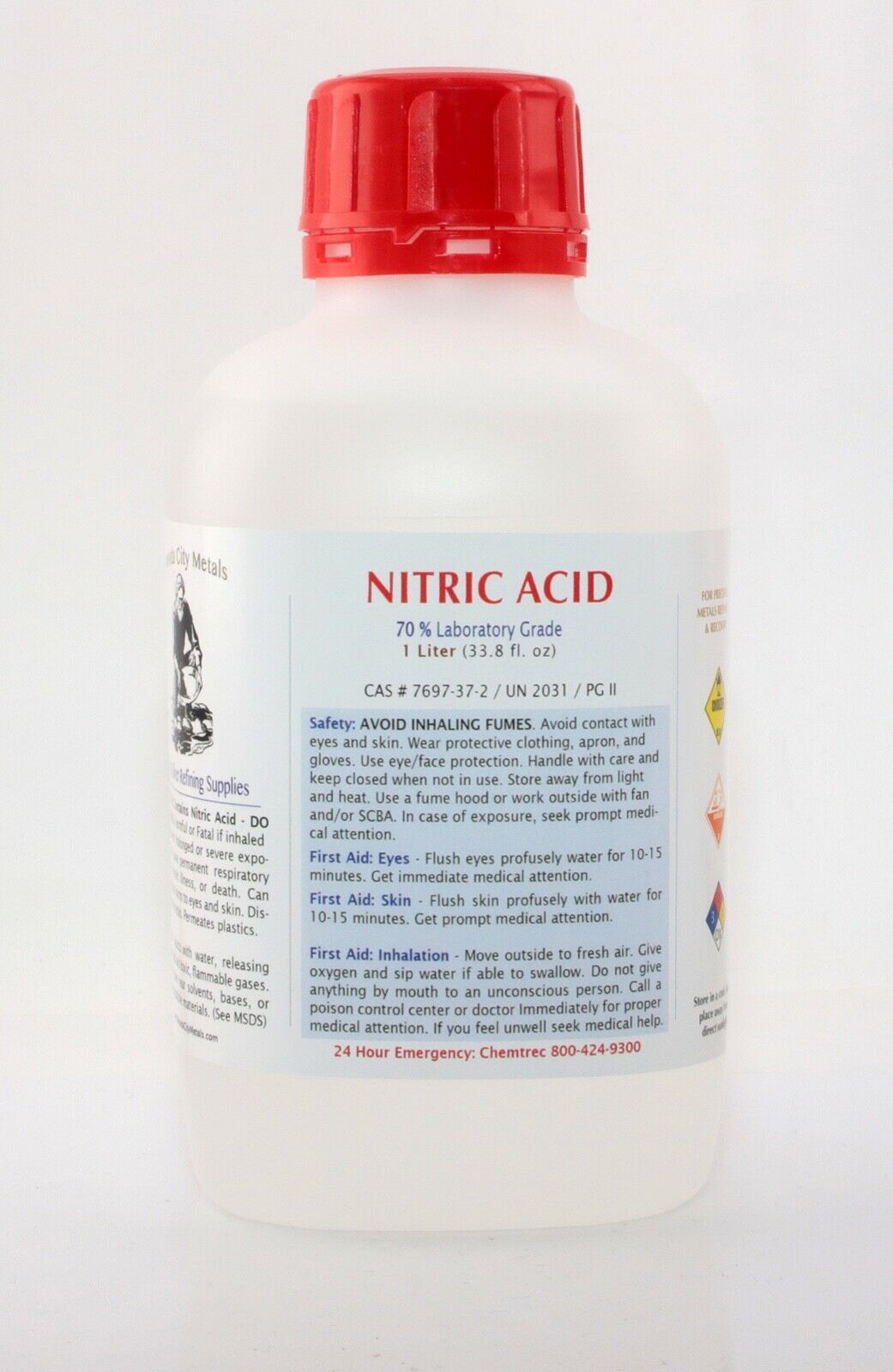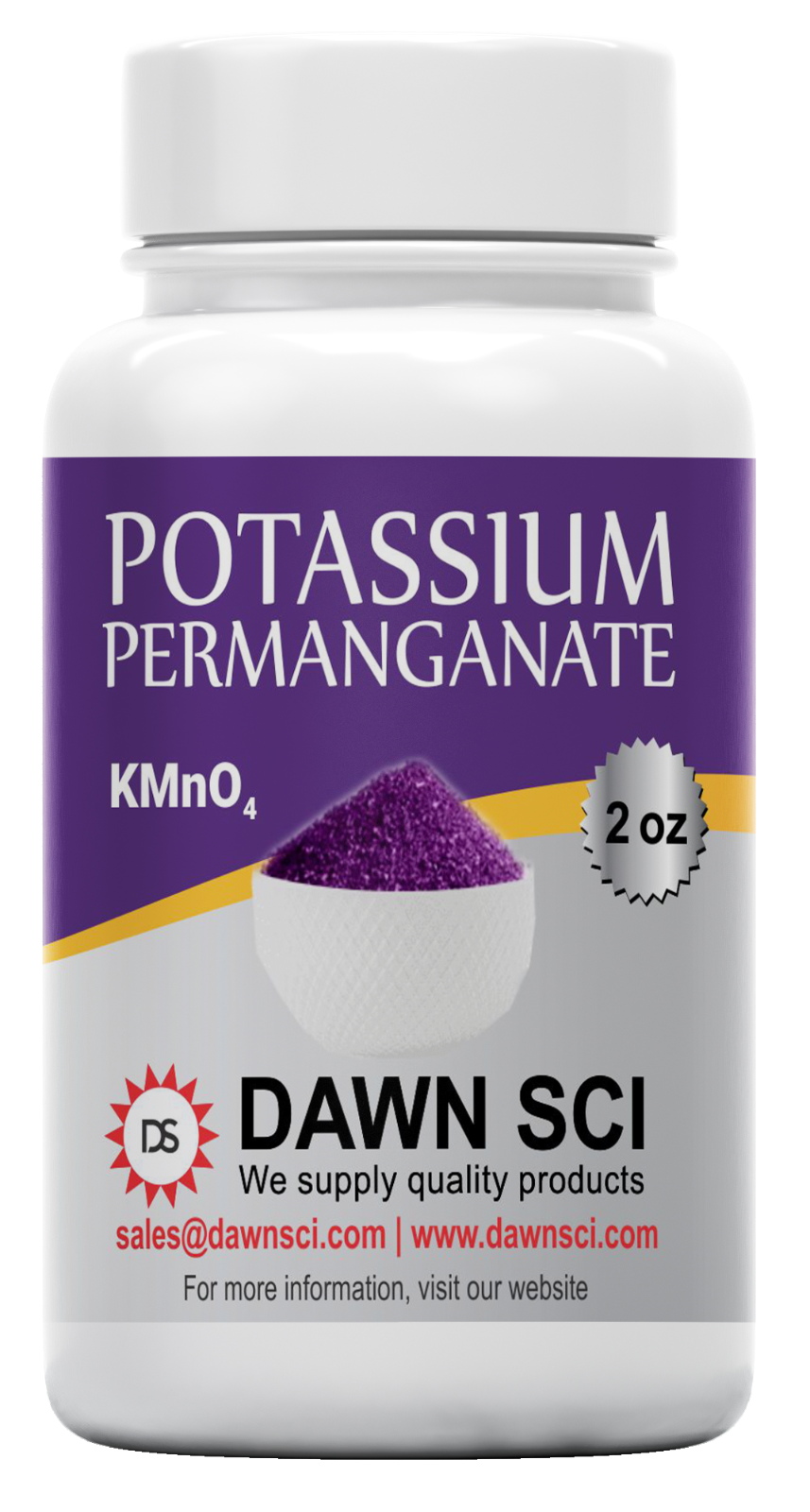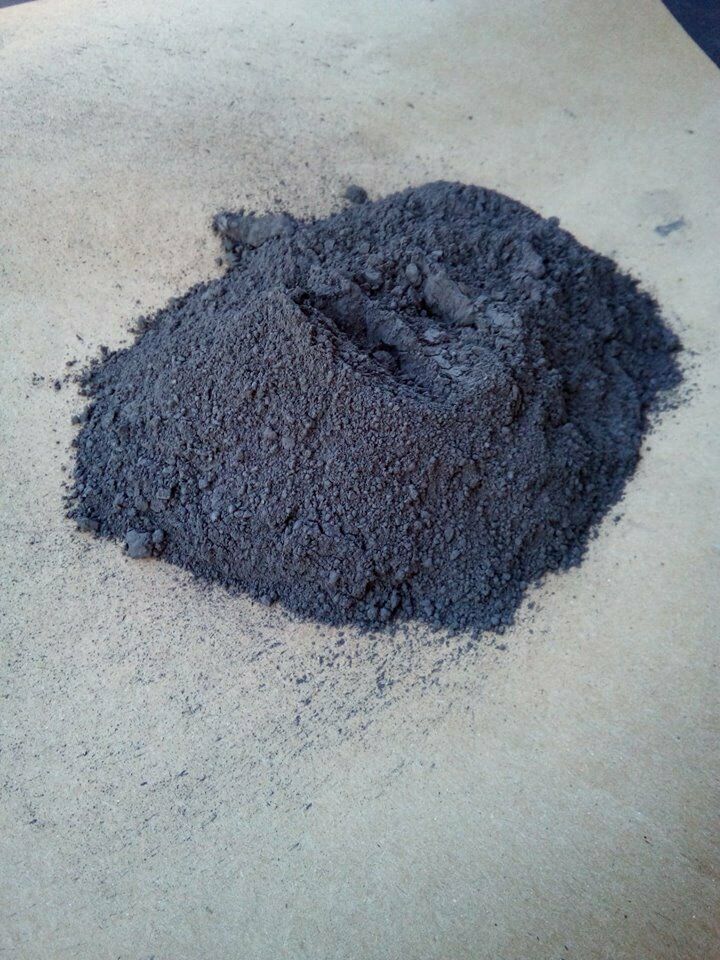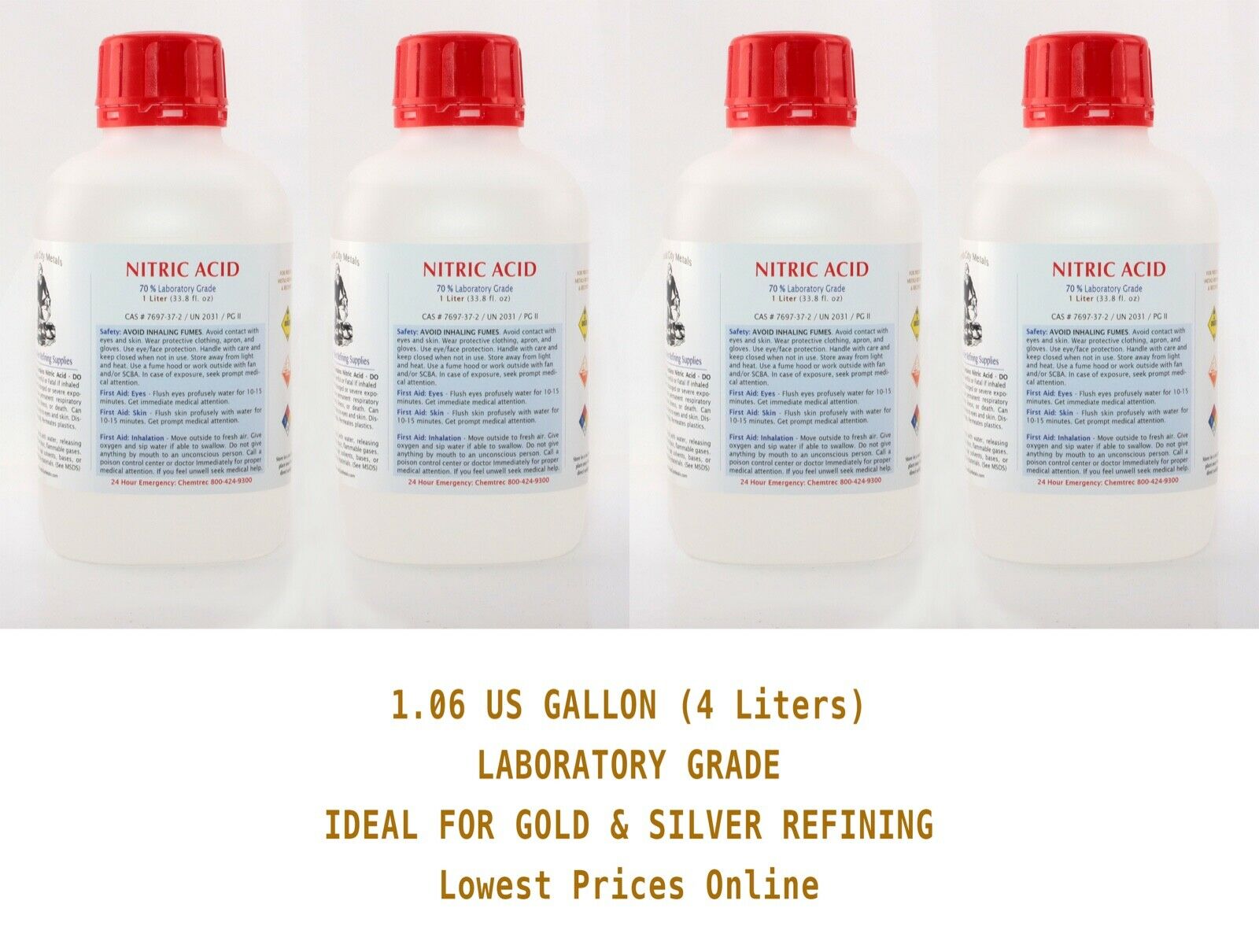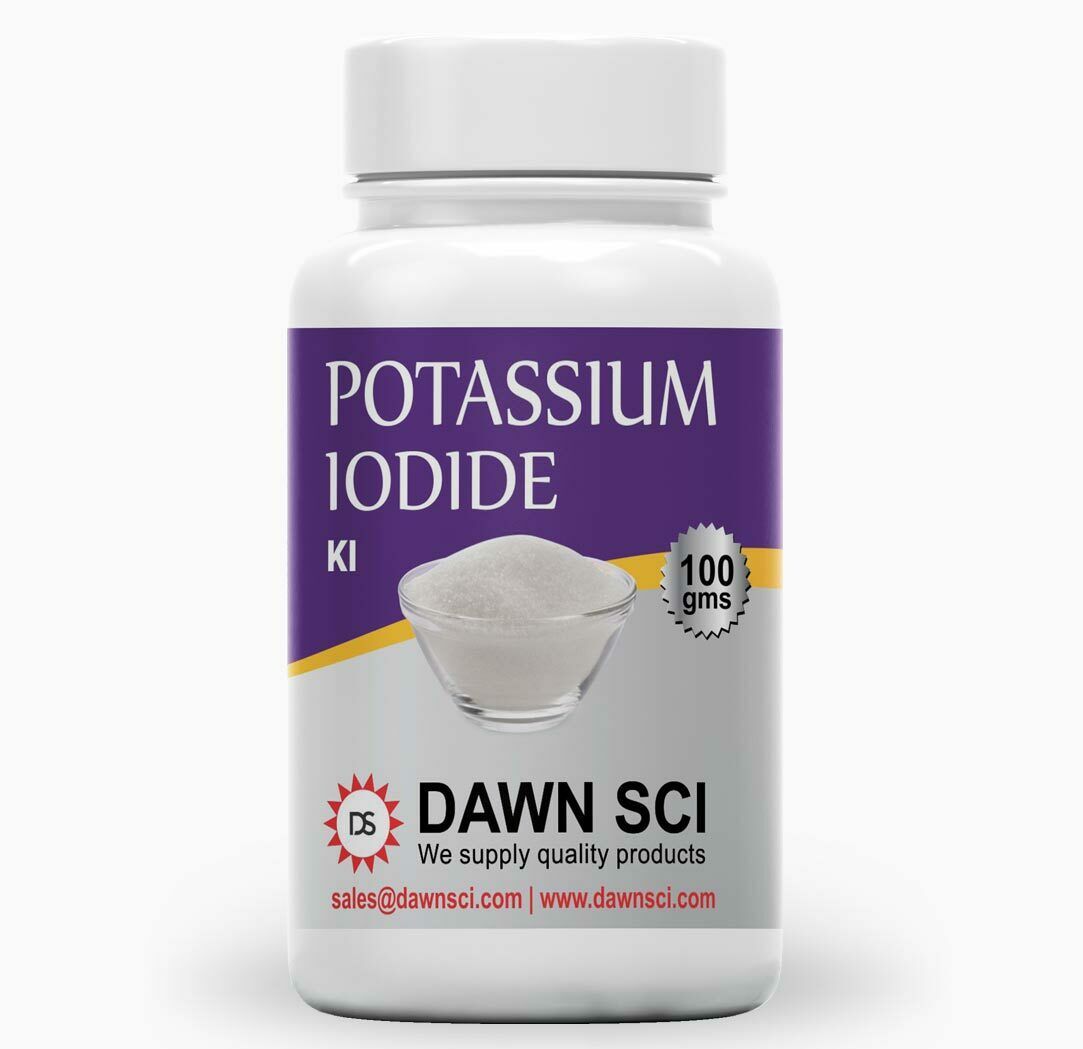
200 Proof Denatured (Bitrix) Ethanol (Ethyl Alcohol)
SAFETY DATA
SHEET
NOTE:
Read and understand Safety Data Sheet before handling or disposing of product.
Safety Data Sheet:
May be used to comply with OSHA’s Hazard
Communication Standard
29 CFR 1910.1200. Standard must be
consulted for specific requirements.
Note: Blank spaces are not permitted. If any
item is not applicable, or no information is available, the space must be
marked to indicate that.
SECTION I – Product and Company
Identification
MATERIAL
IDENTITY
Product Name: Undenatured Ethyl Alcohol
Synonyms:
Ethanol, grain alcohol, ethyl hydroxide, ethyl hydrate
Name and Address: Telephone
Numbers:
Catalyst
Industries
Chemtrec : (800) 424-9300
351 Paseo Nuevo
Company
:(805)-755-9274
Floor 2
Santa Barbara CA 93101
SECTION
II – Hazardous Ingredients / Identity Information
HAZARDOUS COMPONENTS
OSHA PEL
ACGIH
CAS
NO.
%
Specific Chemical identity: Common
Name(s)
(ppm)
TLV (ppm)
(optional)
Ethyl alcohol
1,000
1,000
64-17-5
98-99.9
Bitrix (denatonium benzoate)
NA
NA
3734-33-6
0.0006%
SECTION
III – Physical/Chemical Characteristics
Boiling Point
78°C
Specific
Gravity (H
2
O = 1)
0.789 @ 20°C
Vapor Pressure (mm Hg.)
44 @ 20°C
Melting
Point
-114°C
Vapor Density (AIR = 1)
1.59
Evaporation
Rate (Butyl Acetate = 1)
2.1
Solubility in Water : > 10% by weight at 20°C
–
Complete
Appearance and Odor: Colorless liquid with
slight alcohol odor
SECTION
IV – Fire and Explosion Hazard Data
Flash Point (Method Used)
55°F Tag Closed Cup
Auto ignition Temp:
685°F
Flammable Limits :
LEL:
3.3%
In Air
:
UEL : 19%
Extinguishing Media: Dry chemical, “alcohol
resistant” foam, carbon dioxide and water for small fires.
Special Fire Fighting Procedures: Use
alcohol-compatible foam, water may be ineffective on flames but may be used to
cool fire-exposed
container. Wear self-contained Breathing
Apparatus (SCBA) when fighting fire in a confined space.
Unusual Fire and Explosion Hazards: Flame is
invisible in daylight. Extremely flammable materials may release vapors that
are heavier
than air and travel long distance, ignite and
flash back.
N.A. = NOT APPLICABLE
N/A = NOT AVAILABLE
SECTION
V – Reactivity Data
Stability
Unstable Conditions to
Avoid:
High heat, sparks, and hot metal
surfaces.
Stable :
Yes
Incompatibility (Materials to Avoid): May react
vigorously with heat, oxidizing materials, such as nitrates, peroxides and
acids.
Hazardous Decomposition or Byproducts:
Combustion may produce carbon monoxide, carbon dioxide, aldehydes and ketones.
Hazardous Polymerization : Will Not Occur
SECTION
VI – Health Hazard Data
Route(s) of Entry :
Inhalation: Yes
Skin: Yes
Ingestion: Yes
Health Hazards: Acute Effects of Overexposure:
The solvent in this product, when inhaled or absorbed in harmful quantities,
may produce
central nervous system depression characterized
by headaches, nausea, dizziness, loss of balance and coordination, and stupor.
Vapors or
spray mists may be irritating to nasal and
respiratory tract. Product may be irritating to skin and eyes resulting in
redness, itching or
burning. Introduction of solvents, as in
aspiration of vomitus fluid, may produce chemical pneumonia.
Chronic Effects of Overexposure: Contact,
especially if prolonged or repeated may cause redness, itching, or blistering
of the skin.
Carcinogenicity : NTP: No
IARC Monographs: No
OSHA Regulated: No
Signs and Symptoms of Exposure: Central nervous
system reactions including nausea, dizziness, headaches and stupor of speech.
Medical Conditions Generally Aggravated by
Exposure: Existing respiratory disorders and skin diseases may be aggravated by
exposure.
Emergency and First Aid Procedures:
SKIN: Wash skin thoroughly with soap or mild
detergent. Apply a skin cream with lanolin. If irritation occurs get medical
attention.
EYES: Immediately flush eyes with plenty of
water for at least 15 minutes. Get medical attention at once.
INHALATION: Move exposed person to fresh area.
If not breathing give artificial respiration. Get medical attention
immediately.
INGESTION: If swallowed do not induce vomiting.
If vomiting occurs, keep head below waist level. Get medical attention
immediately.
SECTION
VII – Precautions for Safe Handling and Use
Steps to Be Taken in case Material is Released
or Spilled : Eliminate all sources of ignition, contain small spill with inert
absorbent
material and clean up with non-sparking tools.
For larger spills flush with water to reduce the potential for fire hazard.
Remove liquid to
suitable containers by pump.
Waste Disposal Method : Disposal must be in
accordance with applicable Federal, State, or Local regulations.
Precautions to Be Taken in Handling and Storing
: Do not store at temperature above 120°F or in direct sunlight. Do not
puncture or
incinerate containers. Ground and cross bond
all containers when pouring or transferring. Avoid prolonged or repeated
contact. Store
away from Heat, Sparks and Flame.
Other Precautions : Do not weld on empty
containers unless the containers have been triple rinsed.
SECTION
VIII – Control Measures
Respiratory Protection (Specify Type) :
Air-purifying respirators with cartridges for organic vapors.
Ventilation Local Exhaust:
For airborne concentrations above 1000 ppm.
Mechanical (General) : Yes
Other: N.A.
Protective Gloves : Impervious gloves
(Neoprene)
Eye Protection
: Safety Goggles
Other Protective Clothing or Equipment : Eye
baths and safety showers are recommended.
Work/Hygienic Practices : Check atmosphere for
explosiveness and oxygen deficiency.
SECTION
IX – Transport Information
1
US DOT
UN Number
Shipping Name
Alcohols,
n.o.s
(E95 – E99)
UN
1987
Hazard Class
3
Packing Group
II
Note 1 :
Title 49, Code of Federal Regulations, Parts 171-180 (HMR)
N.A. = NOT APPLICABLE
N/A = NOT AVAILABLE
CERTIFICATE
OF ANALYSIS
Sample:
Product 200 Proof Denatured Ethanol
Date of Blend:
5/03/2020 0415
( 69°F temp )
Product
Name:
SDA-40 denatured Ethanol, 200
Proof
This product is certified to be 200 Proof Ethyl
Alcohol.
.
Date
of Analysis:
5/03/2020
Analysis
at time of loading
Specification
Result
Appearance
(visual
observation)
Bright
and clear
of particles
Bright
and visibly
clear
of particles
Ethanol
Proof
(Hydrometer
Proof @ 60°F ÷ 2 = vol %)
>
195
200.4
Water
(vol
% by KF)
<
1.0
0.3077
Total
Acidity, as acetic acid
(mg/kg
by Titration)
<
70
34.96
Specific
Gravity
(Hydrometer
@ 60° F)
0.780
– 0.795
0.7878
Methanol
(vol
% by HPLC)
<
0.5
0.041
Sulfur
(mg/Kg
by UV-Combustion)
<
10
.92
Bitrix
(denatonium benzoate)
0.0006%
0.0006%

